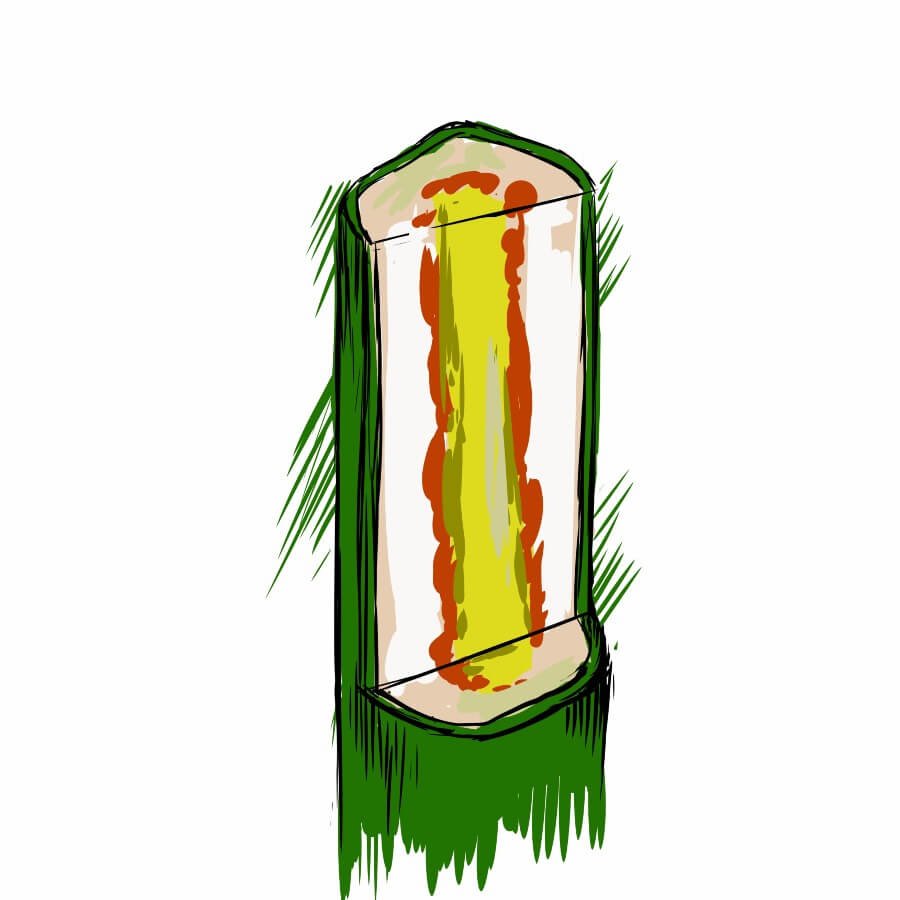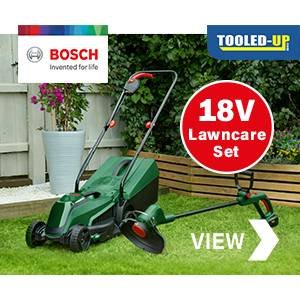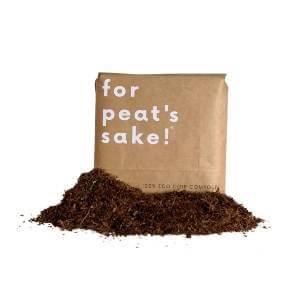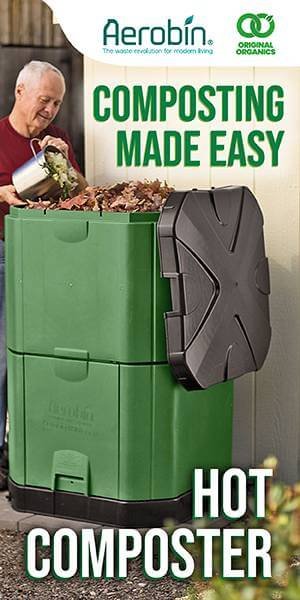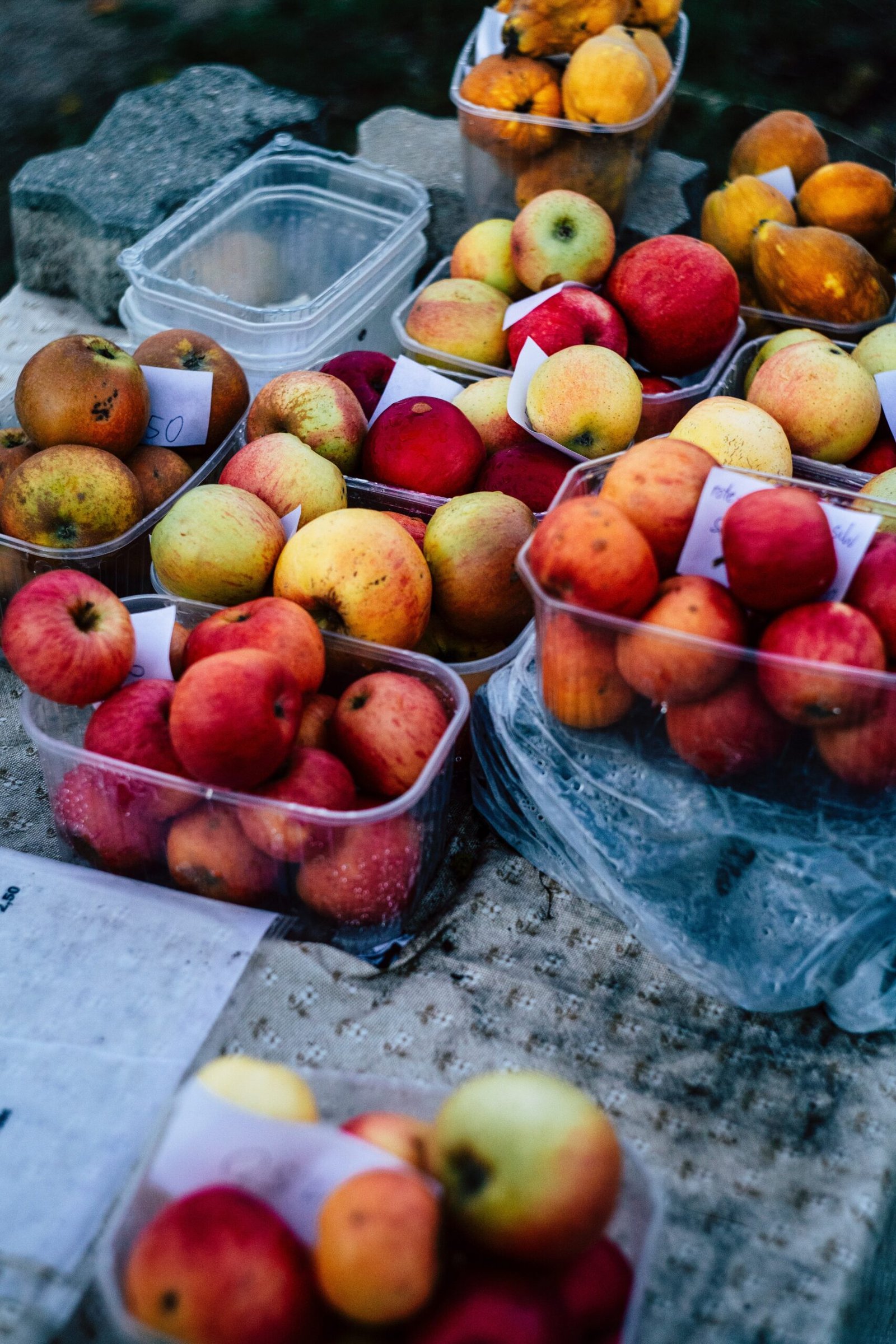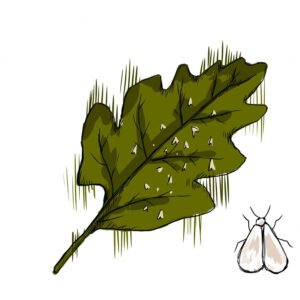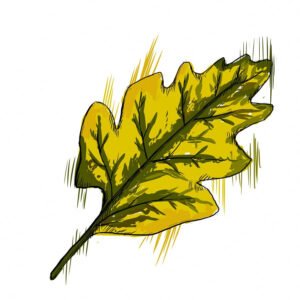Gardening enthusiasts and farmers alike understand the frustration that comes with seeing once-healthy plants suddenly wilt and perish. One common culprit behind this devastation is Verticillium wilt, a destructive fungal disease that affects a wide range of plant species. In this article, we will explore the nature of Verticillium wilt, its causes, symptoms, and management strategies to help gardeners and farmers combat this troublesome disease.
What is Verticillium Wilt?
Verticillium wilt is caused by soilborne fungi from the Verticillium genus, primarily Verticillium dahliae and Verticillium albo-atrum. These fungi infect plants through their roots and colonize the vascular system, obstructing water and nutrient flow. This results in wilting, stunted growth, and, in severe cases, plant death.
Susceptible Plant Species:
A wide range of plants is susceptible to Verticillium wilt. Commonly affected species include tomatoes, potatoes, peppers, eggplants, strawberries, raspberries, grapes, maples, elms, roses, and various ornamental plants. Different strains of the fungi may have a preference for specific plant families or species.
Symptoms of Verticillium Wilt:
Wilting: Leaves on infected plants wilt and may turn yellow or bronze. Wilting often starts on one or two branches and spreads throughout the plant over time, depending on the severity of the infection.
Leaf Discoloration: Leaves can also develop brown, V-shaped stripes or blotches, making it easier to distinguish Verticillium wilt from other diseases.
Stunted Growth: Plants may exhibit reduced growth, including shorter stems and smaller leaves.
Vascular Browning: Cutting across the stem of an infected plant may reveal darkened or discolored vascular tissues, indicating fungal colonization.
Factors Contributing to Verticillium Wilt:
Soil Contamination: The Verticillium fungi can survive in soil for long periods, even in the absence of host plants. Therefore, contaminated soil is a significant source of recurring infections.
Environmental Conditions: The fungi tend to thrive in cool to moderate soil temperatures, typically between 20 to 25 degrees Celsius (68 to 77 degrees Fahrenheit).
Stress: Plants weakened by stress factors such as nutrient deficiencies, drought, or other diseases are more vulnerable to Verticillium wilt.
Preventing and Managing Verticillium Wilt:
Crop Rotation: Practice a minimum of three-year crop rotation, avoiding planting susceptible plant species in the same location for consecutive years. This reduces the risk of disease spread and allows time for the fungi to diminish in the soil.
Resistant Varieties: Use Verticillium wilt-resistant plant varieties whenever possible, as they have higher tolerance to the disease.
Soil Solarisation: Before planting, solarize the soil by covering it with clear plastic to increase temperatures and kill off pathogens. This technique can help reduce fungal populations in the soil.
Sanitation: Remove and destroy infected plants, including roots, to prevent the spread of the disease. Clean tools and equipment thoroughly after use to avoid contamination.
Soil Amendments: Incorporating organic matter, like compost, into the soil can improve its health and reduce the severity of wilt symptoms. Ensure a well-drained soil environment.
Monitor and Control: Regularly inspect plants for early symptoms of Verticillium wilt and take appropriate action to minimize its spread. Fungicides may be used in some cases, but they are generally less effective than preventive measures.
Conclusion:
Verticillium wilt can pose a significant threat to the health and productivity of various plant species, causing wilting, stunted growth, and reduced yields. Understanding the nature of this fungal disease, its symptoms, and preventive measures is crucial for gardeners and farmers to protect their plants. By implementing proper management strategies, such as crop rotation, soil solarisation, and sanitation practices, we can minimise the impact of Verticillium wilt and create healthier, more resilient gardens and agricultural systems.
Verticillium Wilt FAQs
Q. What plants are most susceptible to Verticillium wilt?
A. Verticillium wilt can affect a wide range of plants, including tomatoes, potatoes, peppers, eggplants, strawberries, raspberries, grapes, maples, elms, roses, and various ornamental plants.
Q. How does Verticillium wilt spread?
A. Verticillium wilt spreads primarily through contaminated soil. Fungal spores can survive in soil for long periods, even in the absence of host plants. The fungi enter plants through the roots and colonize the vascular system, obstructing water and nutrient flow.
Q. What are the symptoms of Verticillium wilt?
A. Common symptoms include wilting of leaves, which may turn yellow or bronze. Leaves can also develop brown, V-shaped stripes or blotches. Stunted growth and vascular browning in stems may also be observed.
Q. How long does it take for Verticillium wilt to kill a plant?
A. The severity and duration of the disease can vary. Some plants may succumb quickly, while others may show mild symptoms and survive for years. In severe cases, plant death can occur within a few weeks to a few months.
Q. Can Verticillium wilt be cured?
A. Unfortunately, there is no cure for Verticillium wilt once a plant is infected. The focus should be on prevention and management strategies to limit the spread of the disease.
Q. How can I prevent Verticillium wilt in my garden?
A. Some preventive measures include practicing a minimum of three-year crop rotation, using Verticillium wilt-resistant plant varieties, solarizing the soil before planting, maintaining soil health, practicing good sanitation, and monitoring plants for early symptoms.
Q. Can Verticillium wilt affect humans?
A. Verticillium wilt does not pose a direct threat to human health. However, it can have significant economic and agricultural consequences by affecting crop yields and plant health.
Q. Are there any chemical treatments available for Verticillium wilt?
A. Fungicides may be used in certain situations, but they are generally less effective than preventive measures. It is best to focus on preventative practices to manage Verticillium wilt effectively.
Q. Can contaminated soil be reused for gardening?
A. Using contaminated soil for gardening is not recommended, as Verticillium wilt can persist in the soil for an extended period. It is best to replace or heavily amend the soil to reduce the risk of disease recurrence.
Q. Can Verticillium wilt affect trees?
A. Yes, Verticillium wilt can affect trees, particularly species like maples and elms. Symptoms may include wilting, dieback of branches, and canopy decline. Proper management practices and early detection are crucial to minimise the impact on trees.

